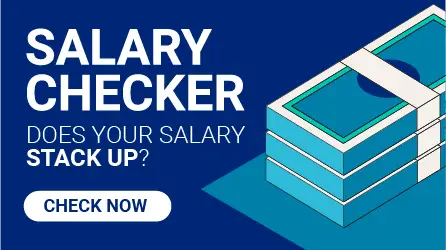How to write a cover letter
1. Do your research
Go through the job advertisement or position description and highlight the keywords used to describe the skills, training and experience the role requires. This will help you identify what to put in your cover letter. While you should use these words throughout, don’t overdo it or ‘keyword stuff’ your cover letter.
The research doesn’t end here. Read the organisation’s website and social media profiles, its leader’s LinkedIn profiles and any online employee reviews. This will give you a steer on the tone of voice to use in your cover letter and the points you should include, bearing in mind factors such as the industry, culture and values.
2. Address your cover letter to the right person
Find out the name of the recruiter or hiring manager so you can address your cover letter to them personally, rather than a generic “To whom it may concern”.
3. How to start a cover letter? Write an attention-grabbing introduction
Think of a compelling opening paragraph to grab the reader’s attention. The first sentence of your cover letter will need to clearly demonstrate that you understand what, and who, the organisation is looking for. It should highlight your relevant skills and get straight to the point of why you’re best suited to the role.
One way to do this is to let them know what your unique selling points (USP) are that will help you solve the hiring manager’s problems, such as relevant industry know-how, skills, experience and achievements, instead of the generic “I’m applying for the role of XYZ.” The aim here is to describe how your skills, education and experience fit the job perfectly.
4. Add evidence of your successes
Next, in one to two paragraphs, write about what you would bring to the organisation, role and opportunity. Match your skills and experience with what’s listed in the job description as key requirements. Support this with relevant examples of your achievements to demonstrate you have what the employer is looking for.
The aim is to paint a picture of success so that they can’t pass your application over without opening your resume.
Early in the letter, highlight a key success along with the evidence of your ability to succeed – demonstrable proof of your experience and skills is hugely important to stand out.
5. Highlight key skills
Then, bring attention to the skills that make you a suitable candidate for the job. You can use bullet points to ensure you write concisely while making it easy for the reader. Don’t be shy, sell yourself and your skills, while highlighting why you want this job.
6. Sign off professionally
Towards the end of your cover letter, thank the reader for their consideration and confirm your availability. Simply sign off with: “I have attached my resume and look forward to speaking to you further about this opportunity.” Or "I look forward to hearing from you to discuss this role further."
Finally, as you’ll see in our cover letter template, you can close with the widely accepted “kind regards” or “sincerely”. Under your name, make sure you include your contact information, including phone number, email address and LinkedIn URL.
7. Review your cover letter
Your cover letter is a reflection of you and will indicate to the hiring manager if it’s worth their time to read your resume, so ensure that you’ve revised what you’ve written.
Use spell check and double check that your formatting is correct and consistent. It helps to have at least one other pair of eyes to go over it just in case you’ve missed anything.



